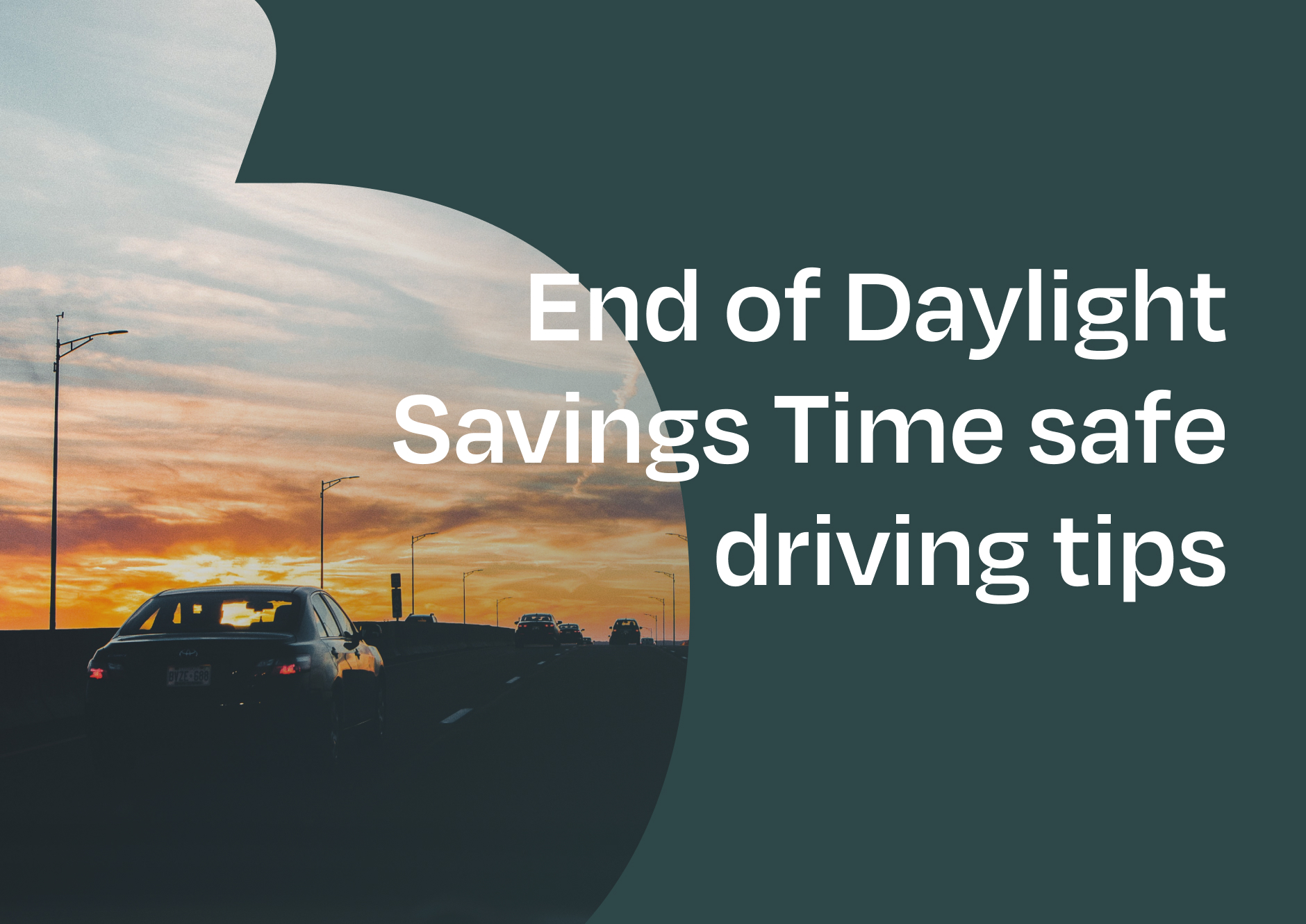


In many countries around the world, people are preparing to put their clocks back one hour to mark the end of Daylight Saving Time (DST). For drivers, this is likely to mean more hours spent driving in the dark – in many cases combined with “rush-hour” traffic.
Although the exact impact of the clock change on road safety is difficult to measure, driving at night can increase the risk of crash due to several factors such as fatigue or low visibility. With that in mind, here are five tips to prepare for driving in the dark following the end of DST.
Seasonal changes can affect sleep patterns, and less light in the evenings can make you feel tired. Driving tired is a major road safety risk factor. Make sure to get enough sleep and take frequent breaks when driving.
Driving in the dark – or at dusk – requires your eyes to adjust to the changing light. To make sure your vision is as good as possible it’s important to have regular eyesight tests and wear appropriate glasses or contact lenses when on the road.
Vehicle lights are particularly important when driving at night, so it’s important to check them regularly, alongside other essential checks such as vehicle fluids, windows, and tyres. Turning on dipped headlights before the start of dusk helps increase your visibility to other road users.
Driving at a safe, sensible, legal speed is always important – including at night when visibility is reduced. Make sure to obey the speed limit, adapt your speed to conditions and keep a safe following distance to ensure you always have time to react if a hazard arises.
Other road users can be more difficult to see in the dark. Pay particular attention to vulnerable road users including schoolchildren, other pedestrians, and two-wheelers.
The FIA Smart Driving Challenge (SDC) is a worldwide challenge created by the FIA in collaboration with Greater Than to encourage everyday drivers to adopt smarter, cleaner and safer driving behaviours.
Joining the FIA Smart Driving Challenge gives you the opportunity to reduce the risk of crash, CO2 emissions and fuel consumption. It also allows you to compete with other drivers around the world for the title of “World’s Smartest Driver”.
Read more about the challenge here.